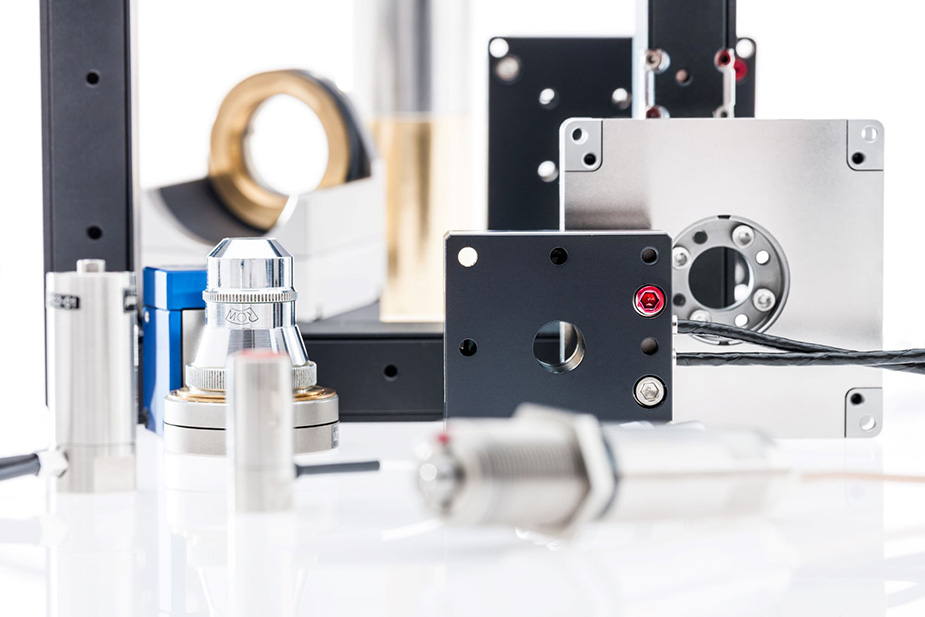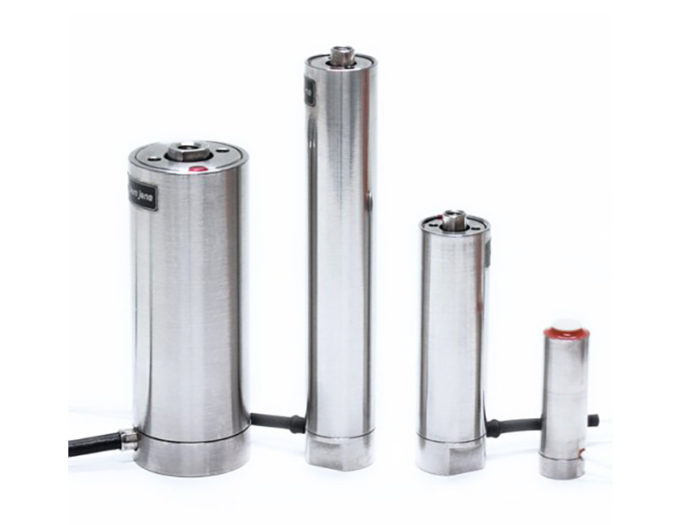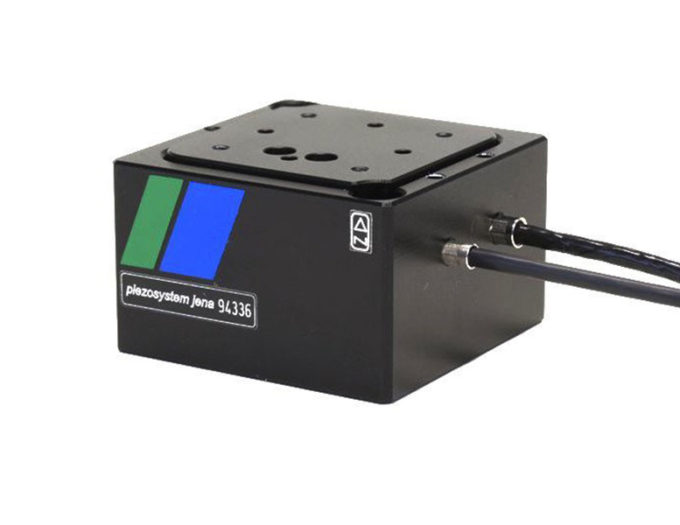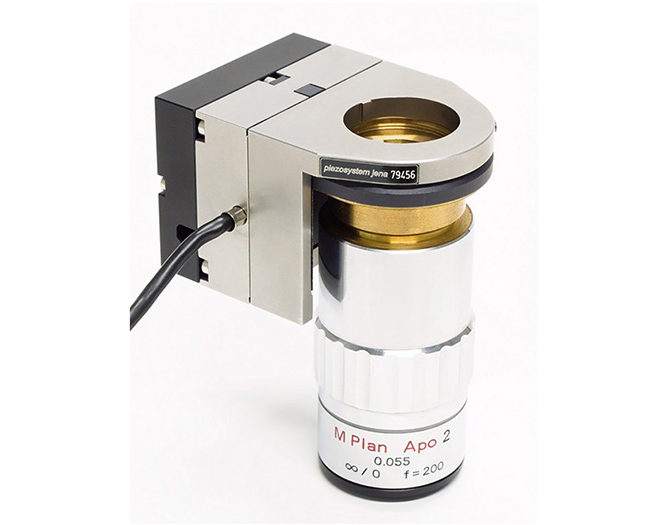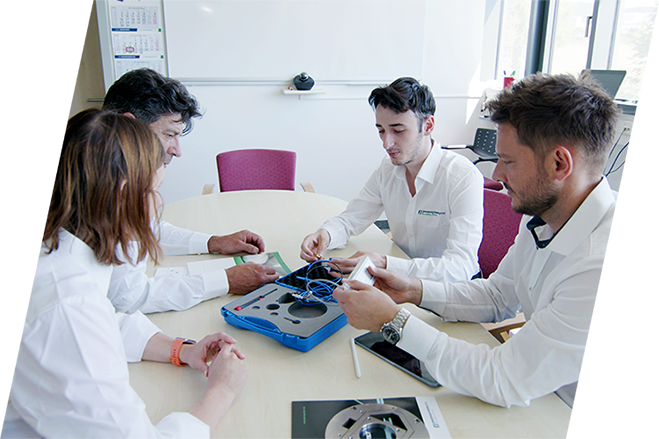1. Piezoelectric Effect, and the Inverse Piezoelectric Effect
The result of external forces to a piezoelectric material has positive and negative electrical charges at the surface of the material. If electrodes are connected to opposite surfaces, the charges will generate a voltage – U.
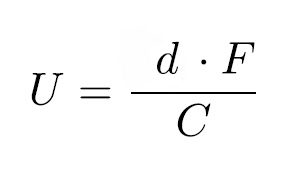
d – piezoelectric module; parameter of the material (depending on the direction)
C – electrical capacitance
By generating forces F to the piezoelectric material, the volume (bulk) of the material will be approximately constant.
The Curie brothers first discovered piezoelectricity in 1880. It was found by examination of the crystal TOURMALINE.
Modern applications of the piezoelectric effect can be found in sensors for force and acceleration, musical discs, microphones, and also in grill-lighters. An applied voltage to a piezoelectric material can cause a change of the dimensions of the material, thereby generating a motion. Lippmann predicted this inverse piezoelectric effect and the Curie brothers were the first to experimentally demonstrate it. The first applications were in ultra sonic systems for underwater test and also underwater communications. For actuators, the inverse piezoelectrical effect was applied with the development of special ceramic materials. Materials for piezoelectric actuators are PZT (lead-zirconium-titanate). For the electrostrictive effect the materials used are PMN (lead-magnesium-niobate).
When speaking about actuators, the phrase “piezoelectric effect” is often used – strictly speaking, it should be called “inverse piezoelectric effect”.
Piezo Principles Topics
- 2) Design
- 10) Electronics
- 14) Piezo Shakers
